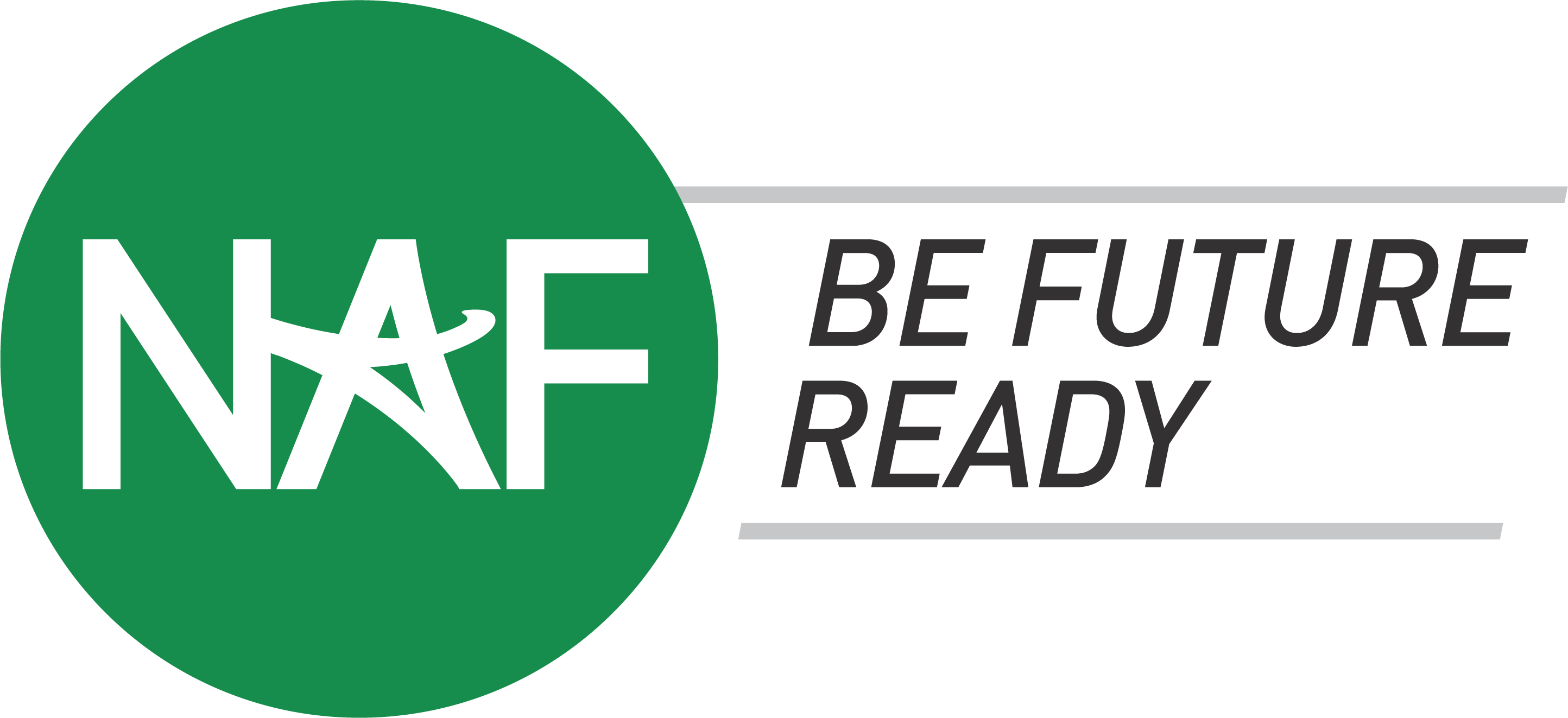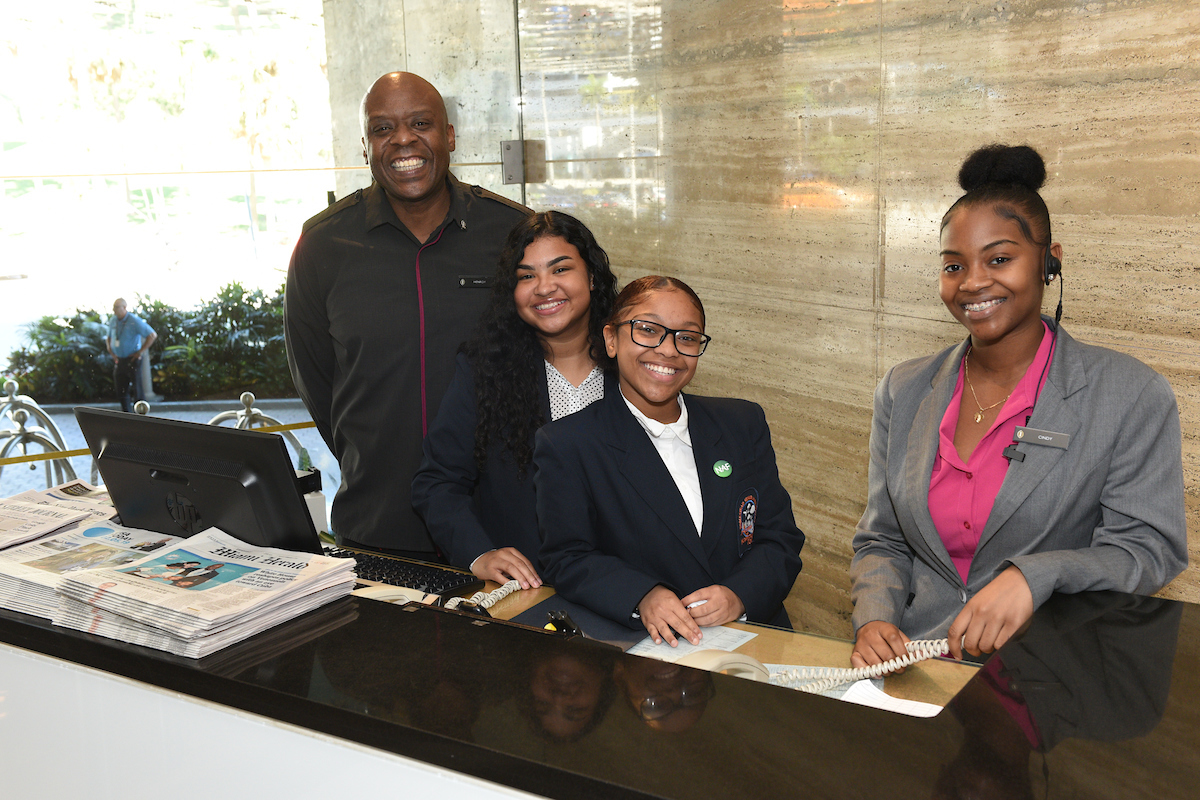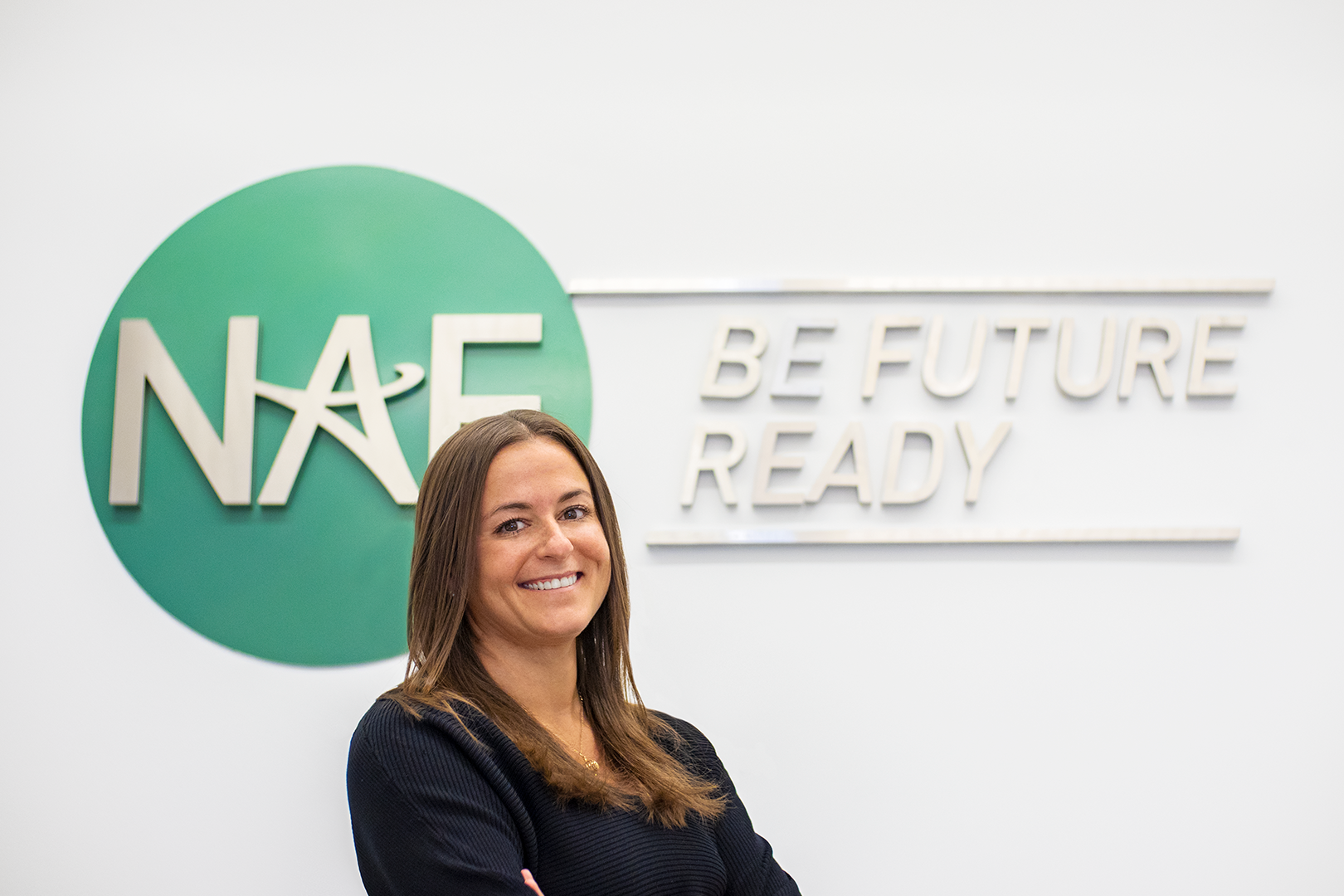There’s More to Do Than Just Talk About Student Voice
If school improvement was a baseball game, talking and writing about student voice might get us on base. But, what does it take to actually drive runners home? All of us can start actively messaging and institutionalizing meaningful engagement of youth perspectives and experiences through methods that benefit from coaching, but don’t require fancy consultants.
Student voice represents the values, opinions, beliefs, perspectives, and lived experiences of young people in a classroom, school, or community (Education School Reform Glossary).
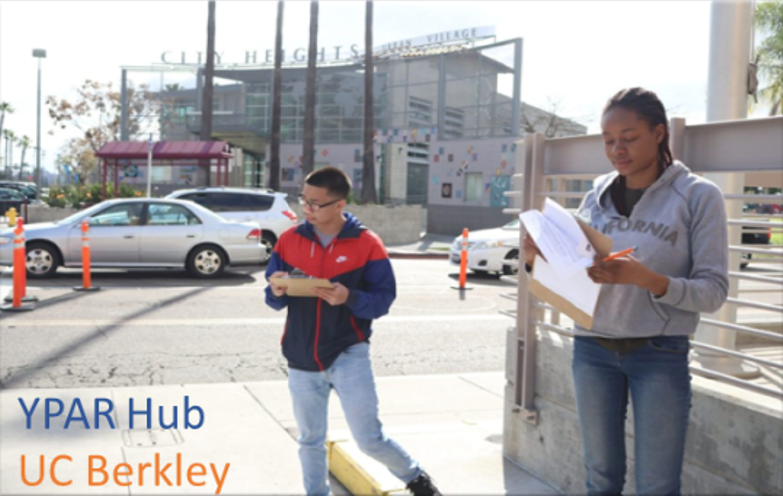
Participatory Action Research (PAR) presents an option for schools seeking to be intentional about elevating student youth. PAR is a tool that engages youth voice through research and action. It supports the creation of spaces within academies and schools for student-centered approaches to knowledge and power-sharing, with the goal of advancing more equitable learning experiences and environments. In the following account, find out how youth and adults joined forces amidst COVID-19 challenges to address an issue that was top of mind for students.
Youth PAR in Practice
Youth researchers in grades 10-12 at Wenonah High School in Birmingham, AL, volunteered to participate in a six- month pilot of PAR facilitated by our NAF team – knowing only that they would work together with adults to improve conditions around an issue they would identify. These students were motivated by that opportunity and eager to add their voices to efforts to improve their school culture. One 12th grade participant said, “I have been waiting my whole high school career to be able to share my feelings this way. I feel a responsibility to the students coming behind me to speak up and make things better for them.” This team and their academy leader met weekly to select and refine the issue(s) they wanted to address, collaborate with allies and experts, collect and organize data from their peers and staff, make meaning of the data, and co-create and present recommendations to school and district leaders for discussion.
In all, I feel like PAR helped me learn to look deeper into problems and make a change. It really helped me to develop more critical thinking skills and gave me the confidence to seek change & speak my mind.”
Youth Researcher, Wenonah High School
The PAR journey with these youth researchers was rich in discovery of new insights, skills, and expressions for all stakeholders (including the adults) and benefitted from a shared commitment to the experience (from leaders, staff, allies, and youth), and a willingness to be flexible – accommodating necessary shifts in planning and timelines, based on the needs of the group.
Overall, the investment was minimal compared to the benefits borne out of this experience. The students’ learnings and recommendations were well-received by school leaders and reinforced the need for new programming and practices that were being considered for implementation. They also helped to influence plans to establish a student-led advisory group for school leadership that will hold space for youth contributions in the school’s organizational and decision-making processes. The youth researchers completing the PAR pilot reflected on the following benefits of their experiences:
- Increased understanding and awareness of how processes operate in their school/district
- Developed new research skills (creating surveys, classifying, and analyzing data)
- Improved collaboration with peers and adults
- Gained an awareness and appreciation for their voices and taking pride in the difference they can make for themselves and others, when they communicate what they need
Youth PAR is not limited to the youth engagement project described above. It can be applied to any class, school, community, civic, or public health issue of shared interest and that is identified for reinvention by the group most impacted (students). A PAR project should include these components: A youth-identified issue; use and analysis of data; partnership with adult allies and key deciders; and an agreed upon action and/or next steps.
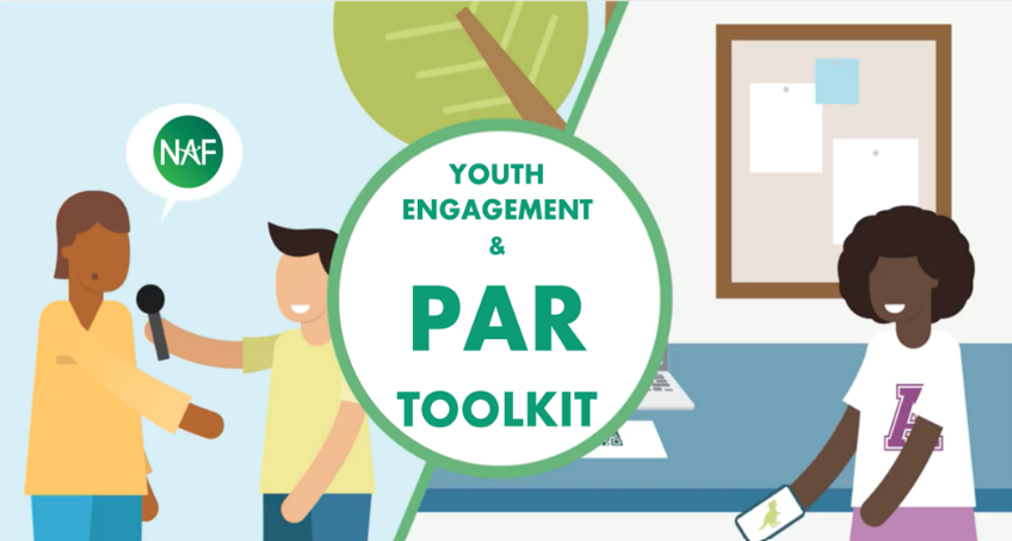
NAF has compiled research, tools, activities, and supports to help schools elevate youth voice and involve young people in the co-creation of solutions around issues that impact them the most. Visit NAF’s PAR Toolkit for more information and take a look at the resources for introducing Youth Participatory Action Research to your school community.
Click here for an earlier blog that provides more background about PAR and the student journey.
